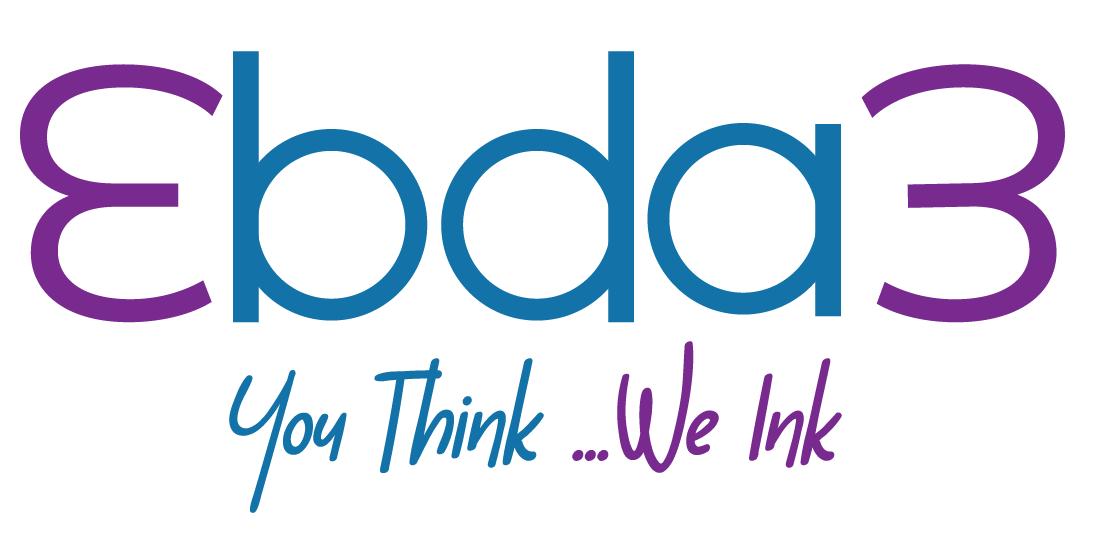10 Tips for Writing a Press Release

Press Releases are an essential element of public relations (PR) for any business. Because they require writing and don’t always get a response, some small business owners find them intimidating. But with practice and the right formula, anyone can write a press release that gets results.
What is a press release?
A press release is a formal announcement made by a business sharing newsworthy information relating to its latest business development with the media and other interested parties with the aim to generate press coverage.
Simplifying this definition of press release gives four key phrases
A formal announcement made by a business: A press release involves formal and professional communication of business news. This is done by using a specified format that includes key details such as the dateline, header, and boilerplate.
Sharing newsworthy information relating to business development: The news shared in a press release is newsworthy and interesting enough to catch media attention.
Sending it to media and other interested parties: The press release is distributed to media and other interested parties who the business deems to be relevant to their announcement.
Aiming to generate press coverage: The whole point of a press release is to generate media coverage that will help promote the business and its latest developments.
Also referred to as a media release, news release, and press statement, a press release is typically written by a company’s marketing or public relations team and sent to media outlets, such as newspapers, magazines, radio stations, television stations, and websites.
Why is it important?
- Attract media attention
When you write a newsworthy press release, it can get picked up by the media. If your press release is shared by other organizations or picked up by a media outlet, this can bring attention to your company and help you reach new audiences.
- Garner publicity and brand awareness
Businesses, especially smaller ones, have a lot of work to do when it comes to brand awareness. A good press release can help garner some publicity and potentially create some buzz around your brand.
- Improve SEO
Search engine optimization (SEO) is an important thing for many businesses and organizations, as it helps your company website rank in search results. A carefully crafted press release can improve SEO if it contains relevant keywords or gets shared by other websites.
- Shape public perception of your business:
Getting the word out there is important, but just as important is that you make sure people have a good impression of you. Press releases serve as great opportunities to showcase your brand’s voice and personality, and in that way shape how the general public views your organization. Add in strategies such as email marketing, and you can maintain a firm grasp over your brand’s image.
- When to write a press release
Press releases are most effective when you are trying to share a major addition or change to your company, whether that be for exciting new hires (such as executives or developers), mergers, new products, or some other noteworthy event. You can also use it to advertise awards your company or employees have received, which goes a long way to engender appreciation and respect in your brand.
To write a good press release Follow the following steps:
- Write a clear, captivating headline. Your headline should convey the point of your story and capture your recipient’s attention. Think about the headlines of articles in the publication you’re writing to and try to craft something similar.
- Include the date and your location. Let the recipient know the date the press release is being issued (or the date of the event you’re notifying them about), as well as where your business is located. This helps establish its relevance.
- Quickly tell them what they need to know. The opening paragraph should contain the five Ws, telling a journalist all the most important facts:
- Who is this story about?
- What is happening?
- Where is it going on?
- When will it occur?
- Why is it important?
- Then give more context. In the paragraphs that follow your introduction, include other details of the story in descending order of importance. Keep it simple and straightforward. Write about what you do and why you do it, but don’t write an exhaustive history of all that you’ve ever done.
- Be honest and unbiased. Journalists won’t be fooled or amused by a press release claiming that your product or service is the “best.” Unless you’re notifying them about an award that entitles you to the claim, watch out for hyperbolic language. When in doubt, just state the facts.
- Eliminate industry jargon. Make sure your press release isn’t laden with industry jargon that doesn’t mean anything to the average person. To check, ask a friend who isn’t in your field to read your release. If they find it boring or complicated, edit for clarity and conciseness.
- Include relevant, colorful quotes. To add color to your press releases, include bold, purposeful quotes. If you are the business owner, it could be something in your own words, or you could include a quote from an employee who’s important to this specific news item. It can be personal and opinionated, but make sure you attribute the quote.
- Sign off appropriately. This part of the release differs depending on where you are in the world, but you should sign off in a way that indicates the press release is over. Some common options include ###, XXX, or -30-. Do a little research about what’s industry standard for the country where you’re sending the release.
- Tell them whom to contact (and how). At the bottom of the press release, be sure to include contact information for the person you’d like them to follow up with, whether that’s you or someone else in your business. Include a name, email address, and phone number. Also include URLs and social media handles for your business.
- Summarize your business in a boilerplate. At the bottom of your press releases, including a short business biography, the equivalent of what you’d write on your website’s “About” page. This is called boilerplate text; it’s the information that rarely changes, but you should always make sure it’s still true before you send a new release.
Learn more about: Press Releases





